Articles > Geography
Trying the top The Largest Cities In Illinois cities on US State Largest Cities – Choose State & Number? Here are the top 10 to get you started.
1. Chicago, IL (Population: 2,664,452)
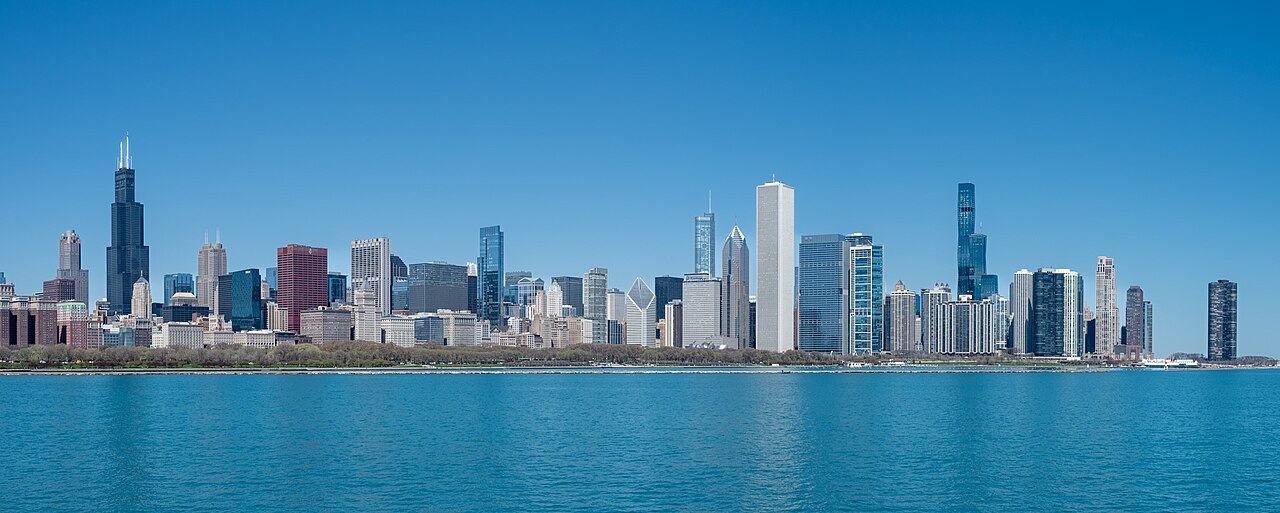
Chicago, the largest city in Illinois and the third most populous in the United States, sits along the southwestern shore of Lake Michigan. Known as the “Windy City,” Chicago is famous for its impressive skyline, deep-dish pizza, blues music, and world-class architecture. Landmarks like Willis Tower, Millennium Park, Navy Pier, and the Art Institute of Chicago highlight its cultural richness. Chicago is also a major financial, transportation, and technology hub, with O’Hare International Airport serving as one of the busiest in the world. Sports fans flock to cheer for the Cubs, White Sox, Bears, Bulls, and Blackhawks, making Chicago a city of passionate traditions.
Interesting Fact:
The Chicago River is dyed green every year in celebration of St. Patrick’s Day, a tradition that began in the early 1960s.
2. Aurora, IL (Population: 177,563)
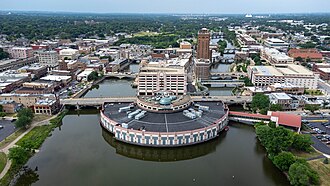
Aurora, located west of Chicago, is the second-largest city in Illinois and has been nicknamed the “City of Lights” for being one of the first U.S. cities to use electric street lighting. Aurora is known for its diverse population, historic architecture, and thriving cultural scene, highlighted by the Paramount Theatre. The Fox River runs through the city, providing scenic views and recreational activities. Once an industrial hub, Aurora has transformed into a vibrant suburban community with a growing economy and family-friendly neighborhoods.
Interesting Fact:
Aurora’s Hollywood Casino, located on the Fox River, is one of the state’s first riverboat casinos.
3. Joliet, IL (Population: 150,489)
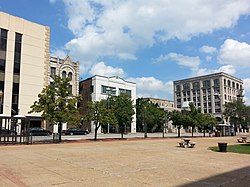
Joliet, southwest of Chicago, is known for its industrial heritage and cultural landmarks. The Rialto Square Theatre, built in the 1920s, is one of the most ornate theaters in the nation. Joliet is also home to Chicagoland Speedway and Route 66 Raceway, attracting motorsports fans from across the Midwest. Its history includes stone quarries, steel production, and the historic Joliet Correctional Center, which has appeared in films and television shows.
Interesting Fact:
The prison scenes in the film *The Blues Brothers* were filmed at the Joliet Correctional Center.
4. Naperville, IL (Population: 150,245)
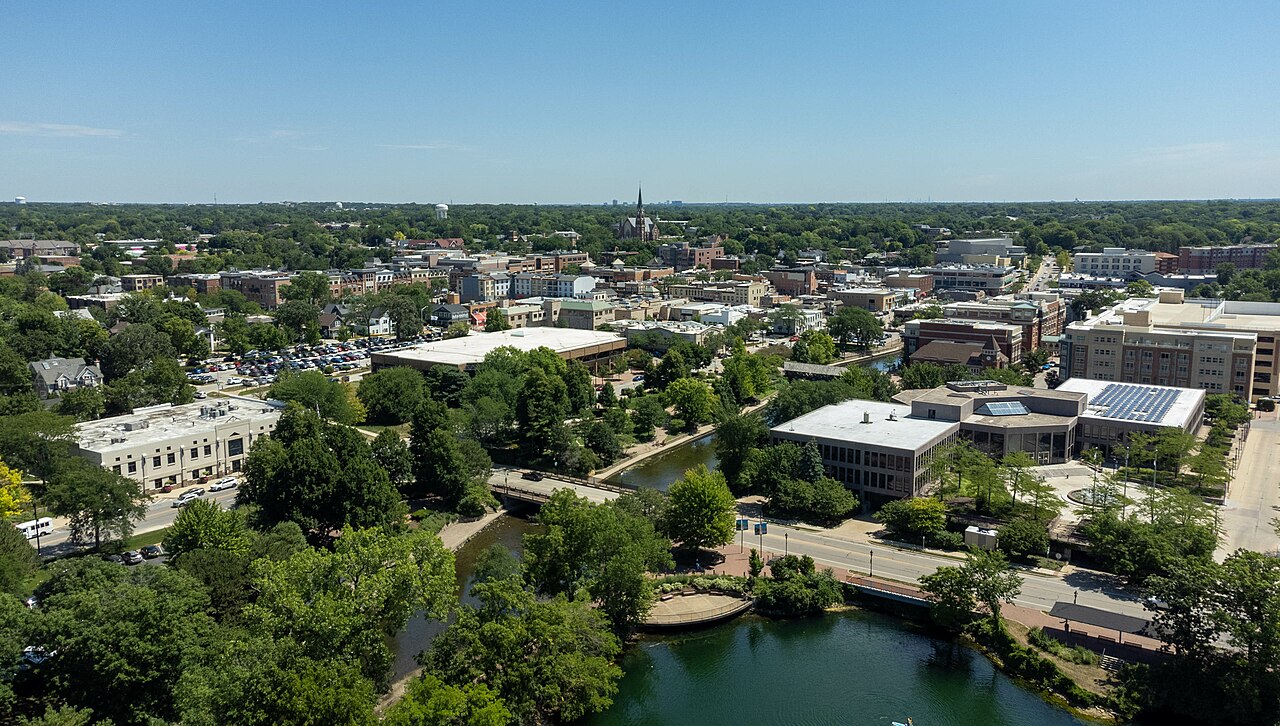
Naperville, a western suburb of Chicago, is consistently ranked as one of the best places to live in the U.S. Known for its excellent schools, strong economy, and high quality of life, Naperville blends suburban charm with modern amenities. The city features the popular Riverwalk, Naper Settlement living history museum, and vibrant downtown full of restaurants and shops. Its location along the DuPage River enhances its scenic appeal.
Interesting Fact:
Naperville’s Riverwalk, created in 1981 to celebrate the city’s 150th anniversary, is considered its “crown jewel.”
5. Rockford, IL (Population: 146,120)
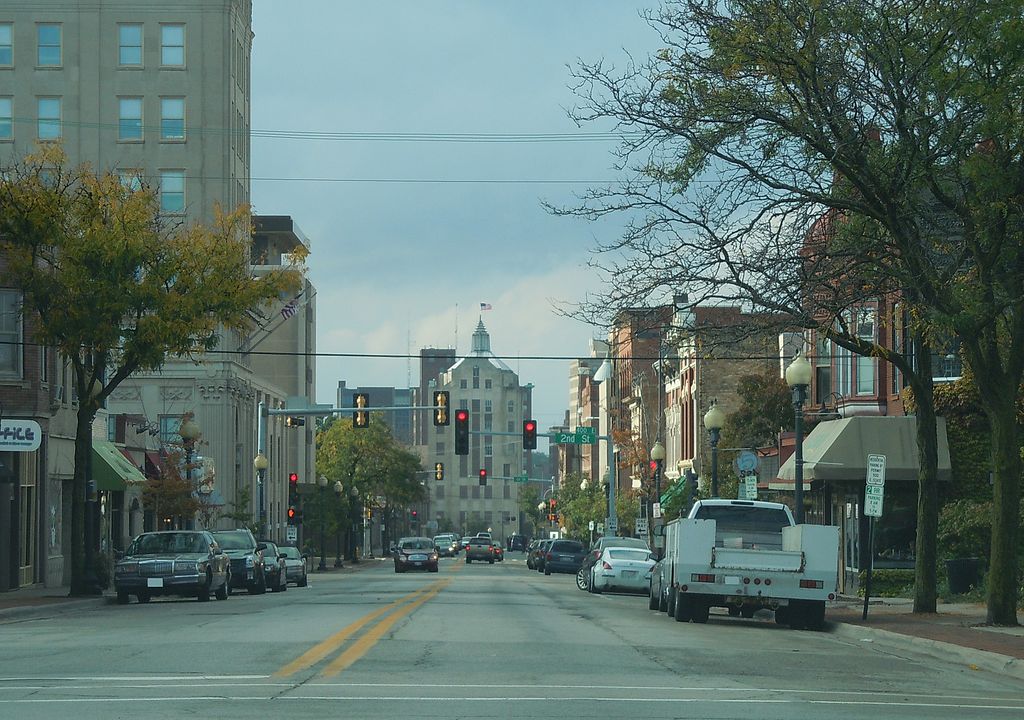
Rockford, located along the Rock River in northern Illinois, is often called the “Forest City” for its abundance of trees and green spaces. Rockford is known for attractions such as Anderson Japanese Gardens, the Burpee Museum of Natural History, and the Coronado Performing Arts Center. Once an industrial powerhouse in furniture manufacturing and machinery, Rockford has diversified with healthcare, aerospace, and tourism.
Interesting Fact:
Rockford’s Burpee Museum houses the world’s most complete juvenile Tyrannosaurus rex skeleton, nicknamed “Jane.”
6. Elgin, IL (Population: 113,310)
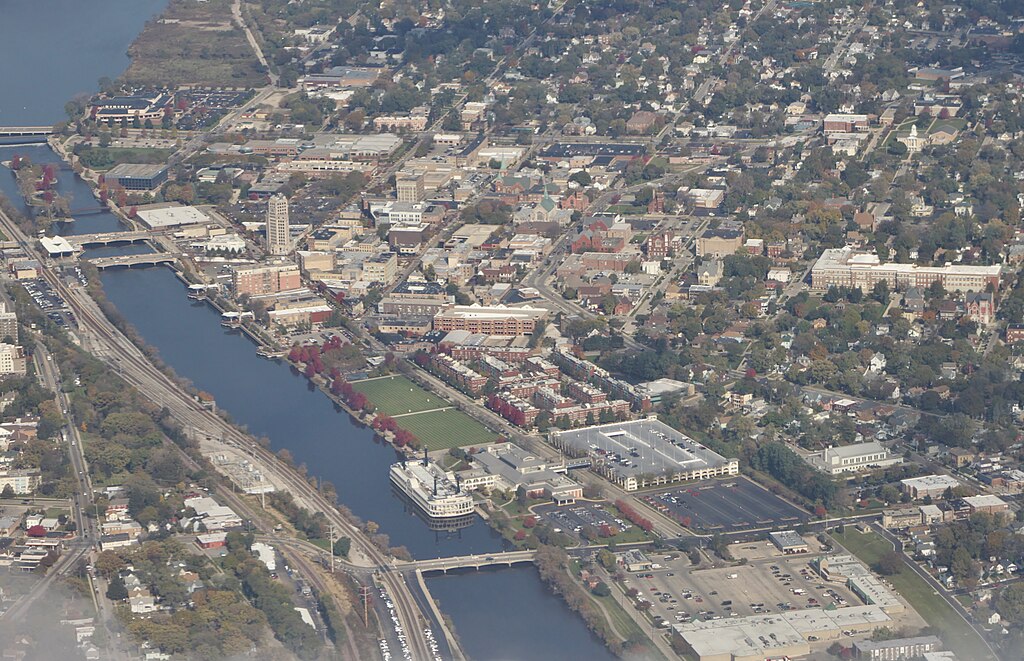
Elgin, situated along the Fox River northwest of Chicago, is known for its historic downtown, riverfront parks, and architectural diversity. The city has a strong arts scene, supported by the Elgin Symphony Orchestra and public art installations. Once a hub for the watchmaking industry, Elgin has transitioned into a suburban community with a growing population and cultural offerings.
Interesting Fact:
Elgin was once home to the Elgin National Watch Company, one of the largest and most famous watchmakers in the U.S.
7. Springfield, IL (Population: 112,544)
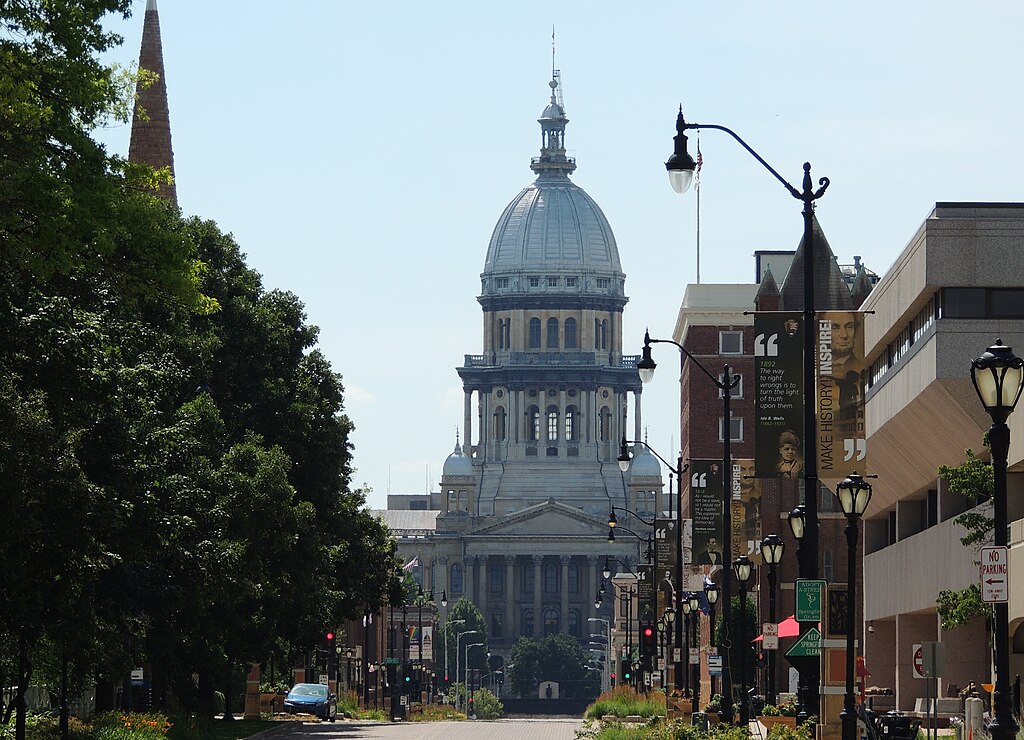
Springfield, the capital of Illinois, is best known as the longtime home of Abraham Lincoln. The city features numerous Lincoln-related historic sites, including the Lincoln Home National Historic Site, the Old State Capitol, and the Abraham Lincoln Presidential Library and Museum. Springfield blends government, history, and culture with Midwestern charm.
Interesting Fact:
Springfield’s Oak Ridge Cemetery is the final resting place of President Abraham Lincoln and his family.
8. Peoria, IL (Population: 110,460)

Peoria, located along the Illinois River, has a rich history as one of the oldest European settlements in Illinois. It is a major hub for manufacturing and agriculture, historically tied to Caterpillar Inc., which was headquartered there for nearly a century. Peoria is also known for its cultural scene, with the Peoria Civic Center, riverfront district, and wildlife park.
Interesting Fact:
The phrase “Will it play in Peoria?” originated here, reflecting the city’s reputation as a test market for entertainment and products.
9. Champaign, IL (Population: 89,189)

Champaign, located in central Illinois, is best known as the home of the University of Illinois at Urbana-Champaign. The university brings a youthful energy, cutting-edge research, and cultural diversity to the city. Champaign boasts a lively downtown with restaurants, music venues, and theaters. It has grown into a tech and innovation hub, while retaining a small-town Midwestern feel.
Interesting Fact:
Champaign is part of the “Silicon Prairie,” a region recognized for its concentration of technology startups and research institutions.
10. Waukegan, IL (Population: 87,642)
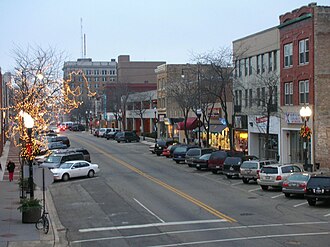
Waukegan, located on the shore of Lake Michigan north of Chicago, has a long history as a port city and industrial hub. Today, Waukegan is known for its cultural diversity, marina, and arts community. The Genesee Theatre hosts concerts and performances, while the lakefront offers recreational opportunities. Its revitalizing downtown reflects a mix of historic character and new development.
Interesting Fact:
Waukegan is the hometown of author Ray Bradbury, who frequently referenced the city in his works.




